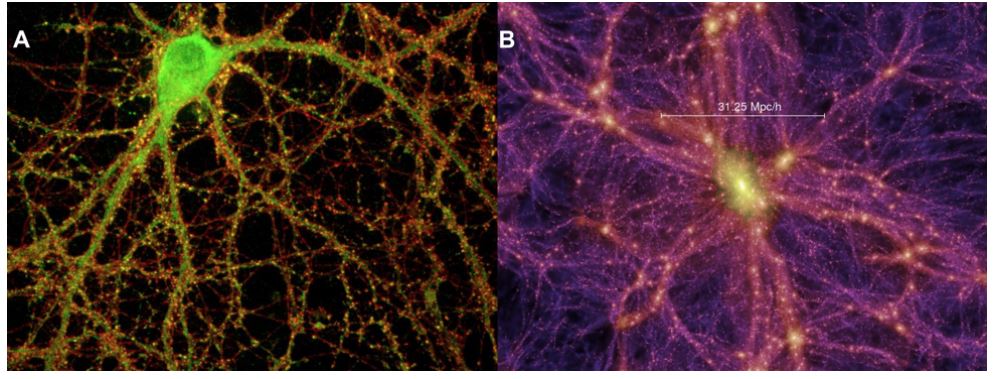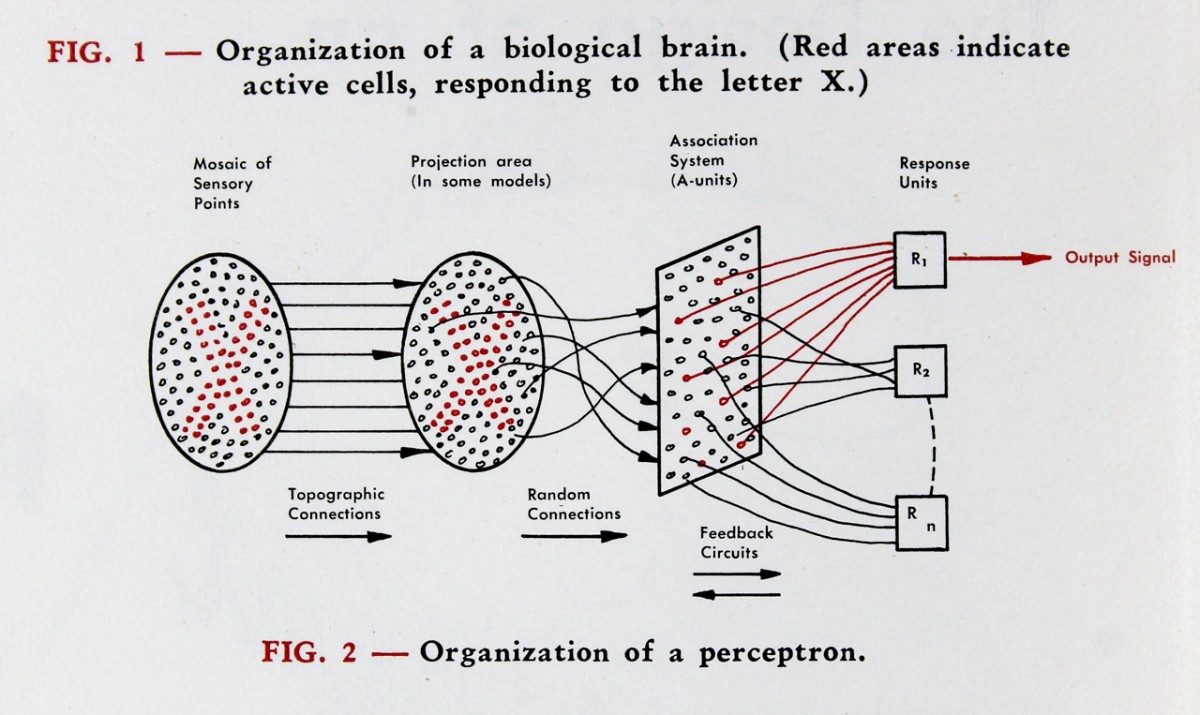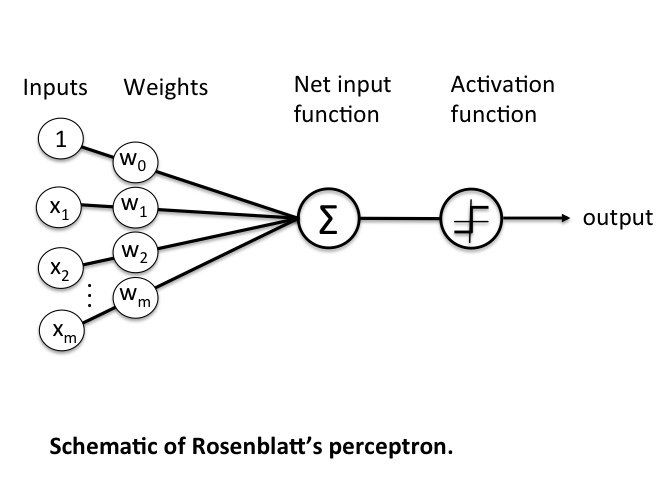Deep Learning: From Perceptron to Black Box
Author : Emre Okcular
Date : June 4th 2021
“Any sufficiently advanced technology is indistinguishable from magic” - Arthur C. Clarke
Scientists and inventors study the characteristics of things in nature and come up with amazing technologies and products invented as a result of exploring nature—for example, flights, submarines, bullet trains, flippers, and cat eyes. Moreover, we can also list Neural Networks and Genetic Algorithms as an example of bio-inspired algorithms. In this post, we will take a closer look at the evolution of neural networks from a philosophical perspective. We will be fascinated by the development of this biomimicry approach as a simple mathematical model into a most complex artificial neural network identified as a black-box algorithm.
As human beings, we learn from data continuously. We have been collecting, storing and processing data since the moment we were born. These amazing processes happen in a marvelous supercomputer, which is the most complex machine on earth: the human brain. Beyond that, even it is so exciting in itself, I am enthralled by a blend of science, technology and mathematics. Deep Learning stands right there. We are in a new era so that we do not program computers how to do, we teach them how to learn.

In 1958, american psychologist and computer scientist Frank Rosenblatt published the paper THE PERCEPTRON: A PROBABILISTIC MODEL FOR INFORMATION STORAGE AND ORGANIZATION IN THE BRAIN in Cornell Psychological Review. This is considered as the first model and core structure of modern deep learning models which is basically a mathematical model inspired by brain neurons.

Below, you can see the modern representation from mathematical perspective.

Loading…